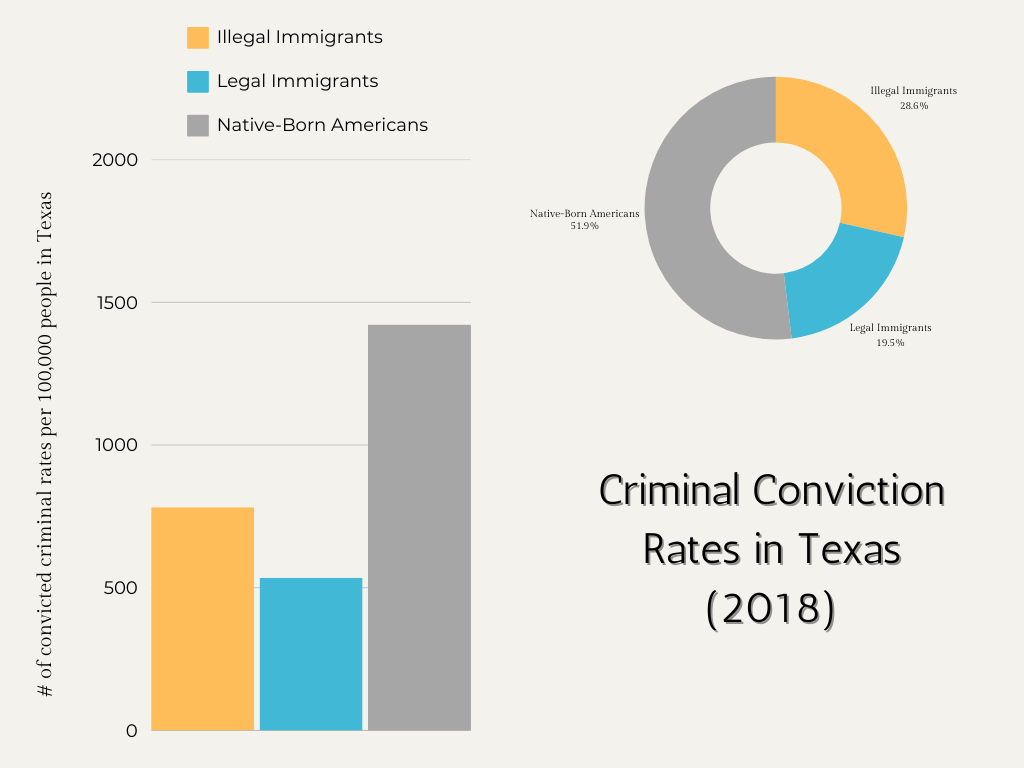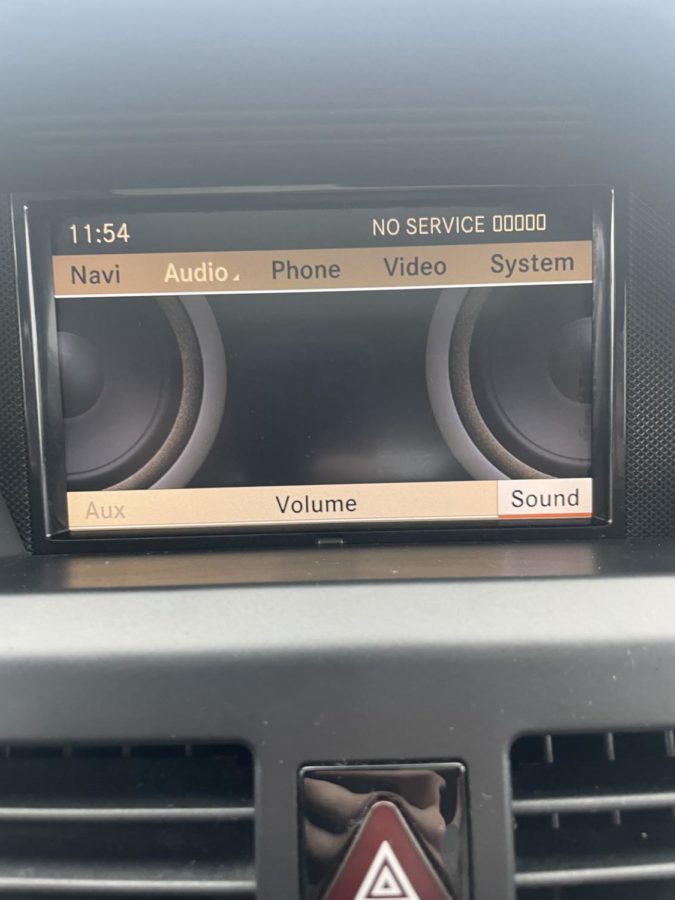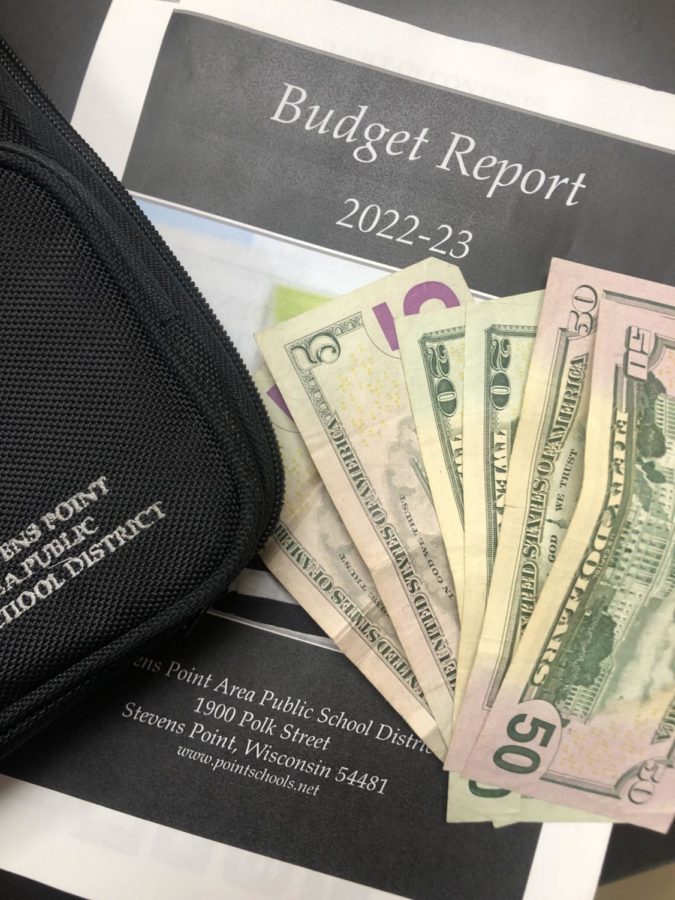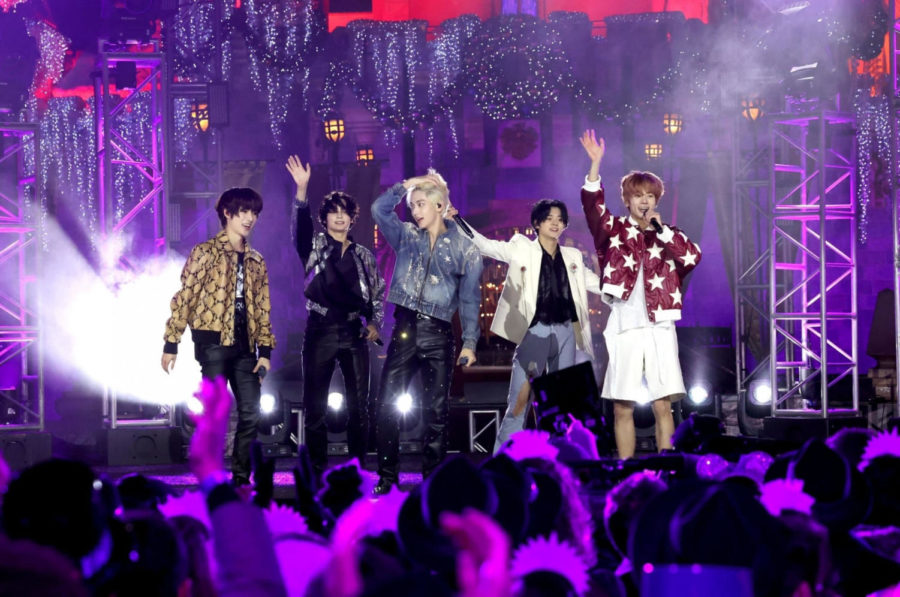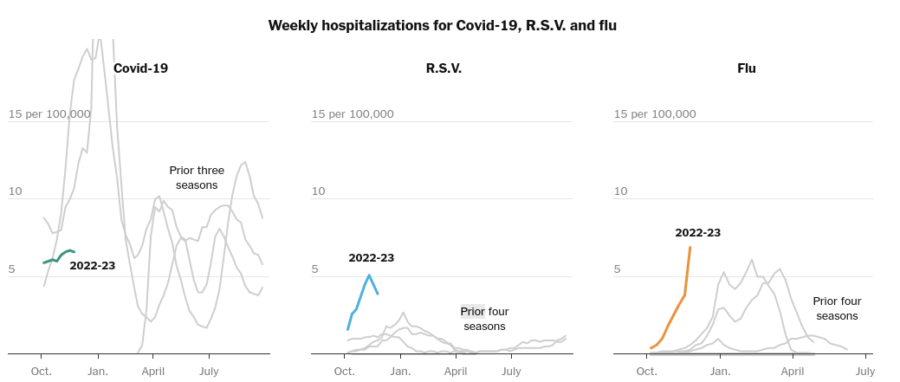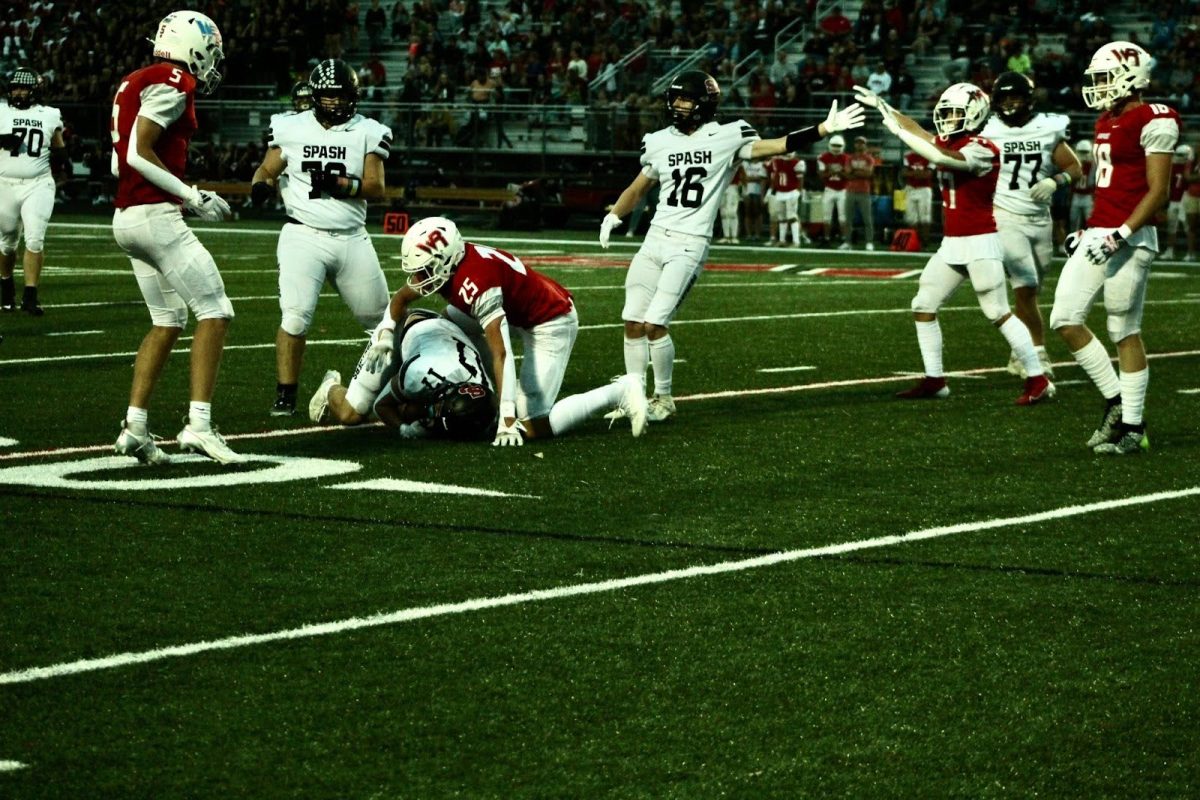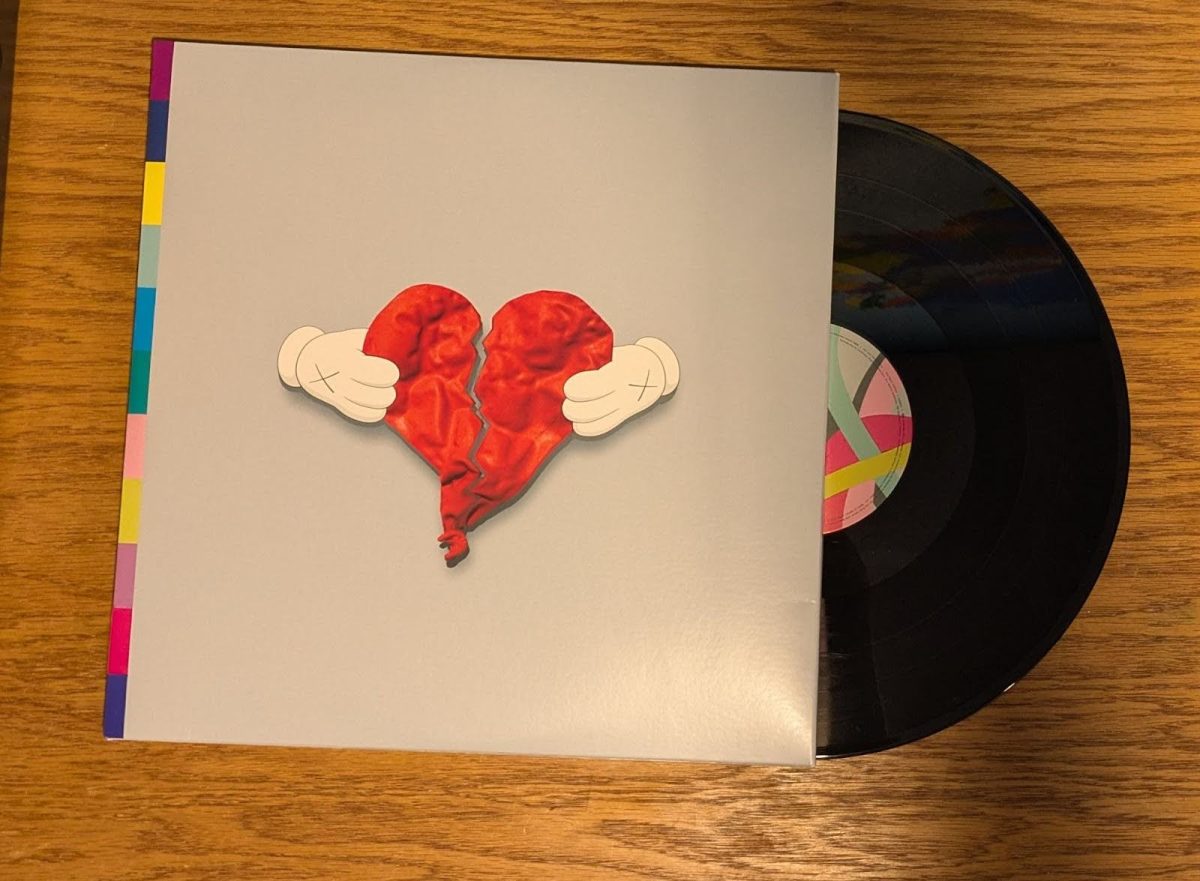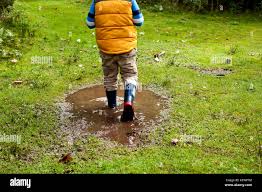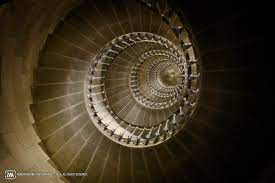Who knows how long bowling has left… Over the years bowling has taken some hits to its popularity, especially with the previous pandemic. Bowling is well past its glory days, but how is it holding up? This is a look into how bowling has changed over its life.
In bowling’s beginning it was a game of 9 pins, not 10. In Connecticut Bowling was originally banned for being a gambling game, due to widespread betting. This is when 10-pin bowling became popular to circumvent this ban.
John Mcduling from The Atlantic discusses that at its peak in the mid-1960s, there were about 12,000 bowling centers. Bowling’s popularity nearly doubled from the 1950s to the 1960s. It was a good business and a good investment. Bowling houses were always busy and could be run around the calendar. This led to the bowling boom.
At this point, bowling is slowly dying. Bowling centers are closing their doors and losing popularity. The pandemic has negatively affected bowling too, with many people not participating and businesses closing. IBIS World states, “In 2023, the demand for supports about 2,700 bowling centers across the United States.”
Bowling as a hobby has died down, but as a recreational one-off, it is still popular with many people. According to Bowl.com, 67 million Americans still go bowling at least once a year. Austin, a SPASH student who goes bowling at least once a year, states,” People still go bowling, and I will go again too… eventually.” When Informed about bowling’s past in gambling, Austin stated, “Bowling would be so much better if they brought back gambling.”
Bowling is losing its popularity. The average person is playing less and less often. Bowling isn’t as profitable, and new bowling alleys are not likely to replace old ones. Who knows how long it has left…


